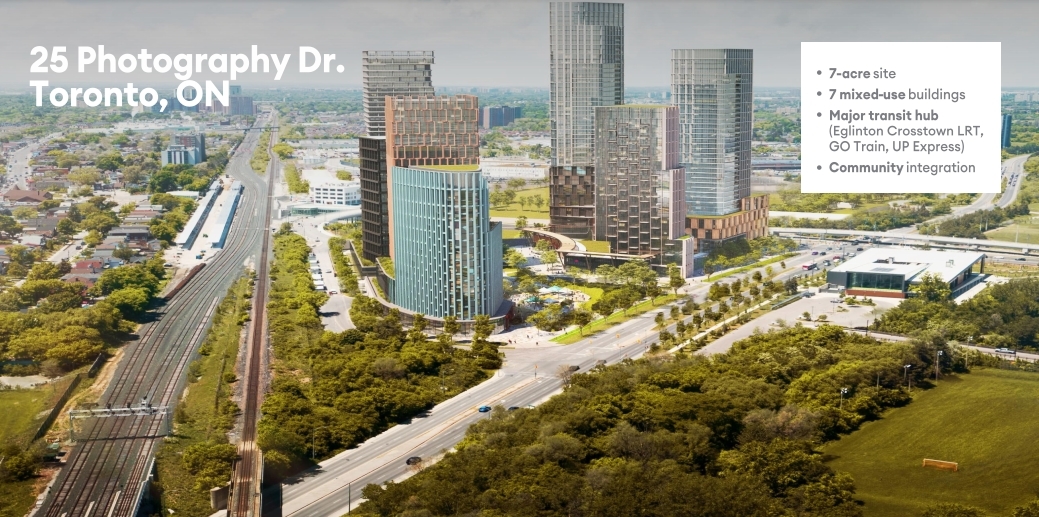Indeed, I wouldn't be concerned about the eastern section. With the volume split between multiple transfer points - Yonge, Science Centre, Kennedy, the load is unlikely to exceed 5,000 pphpd at any given point. That can be handled, even with 2-car trains. Each train carrying up to 2 x 175 = 350, 15 trains per hour will provide the required capacity.
But the western section demand is hard to predict. With ECLRT tunneled, it will become a de-facto subway, and as such will prompt the riders of north-south buses: Kipling, Islington, Royal York, to transfer to ECLRT instead of staying on the bus till it reaches Bloor. The scale of that shift is unknown.
Furthermore, there might exist a latent demand for transit trips between Mississauga and mid-town Toronto. Currently, that demand is totally invisible because no route serves it. Only the most desperate riders can use Eglinton or Lawrence buses for such trips, everyone else either drives or avoids the trip altogether. Once a somewhat decent travel option is provided by the combination of the Transitway and the Eglinton LRT, that demand will show itself. Again, the scale is unknown.
So, the combined Eg West demand can vary broadly, from "less that Eg East" and then everyone will be asking "why did we build a tunnel for such a low-demand route", to > 10,000 pphpd and then everyone will be saying "perhaps we should have built larger stations". I still don't believe it will reach 15,000 pphpd, but anything above 11,000 will probably require a switch to 3-car trains. If the highest manageable frequency is one train in 2 min, then we can have up to 30 trains per hour. With 2-car trains, that's 10,500 pphpd max. With 3-car trains, up to 15,700 in theory, if the station platforms and stairs can handle that.

